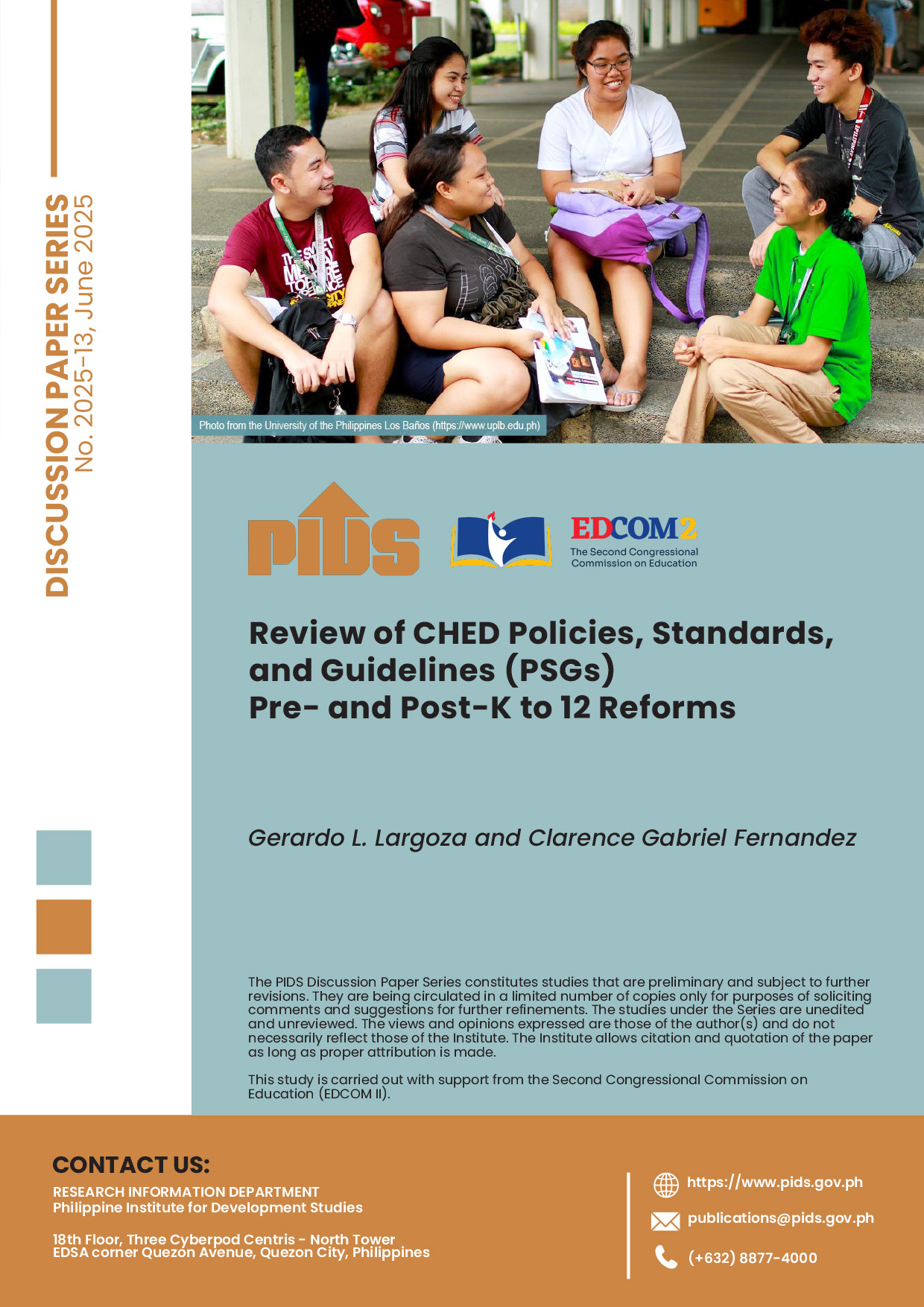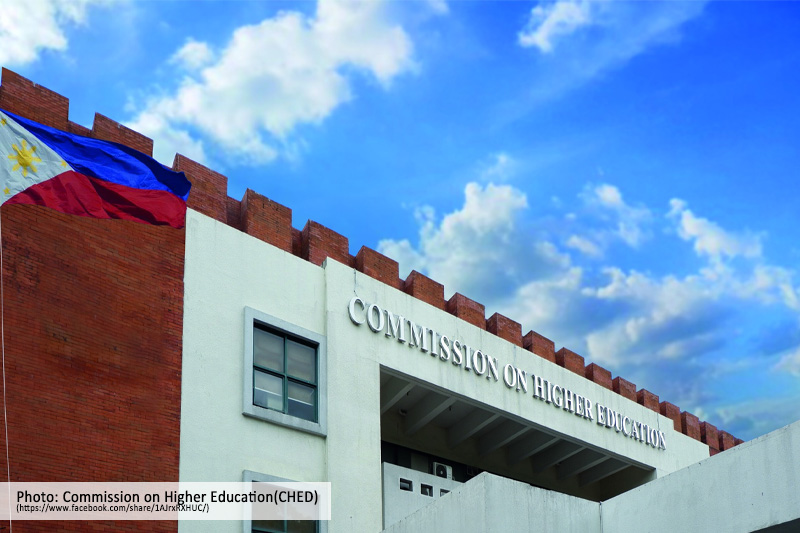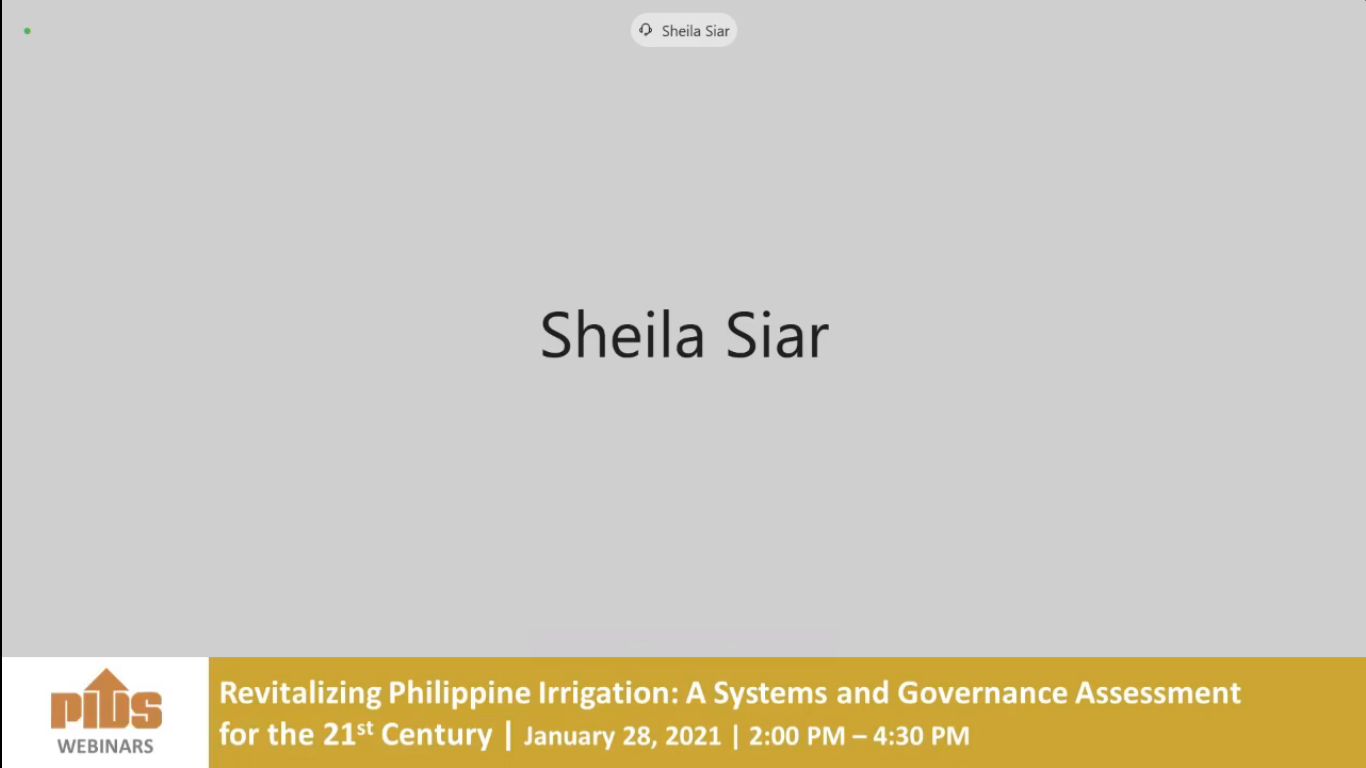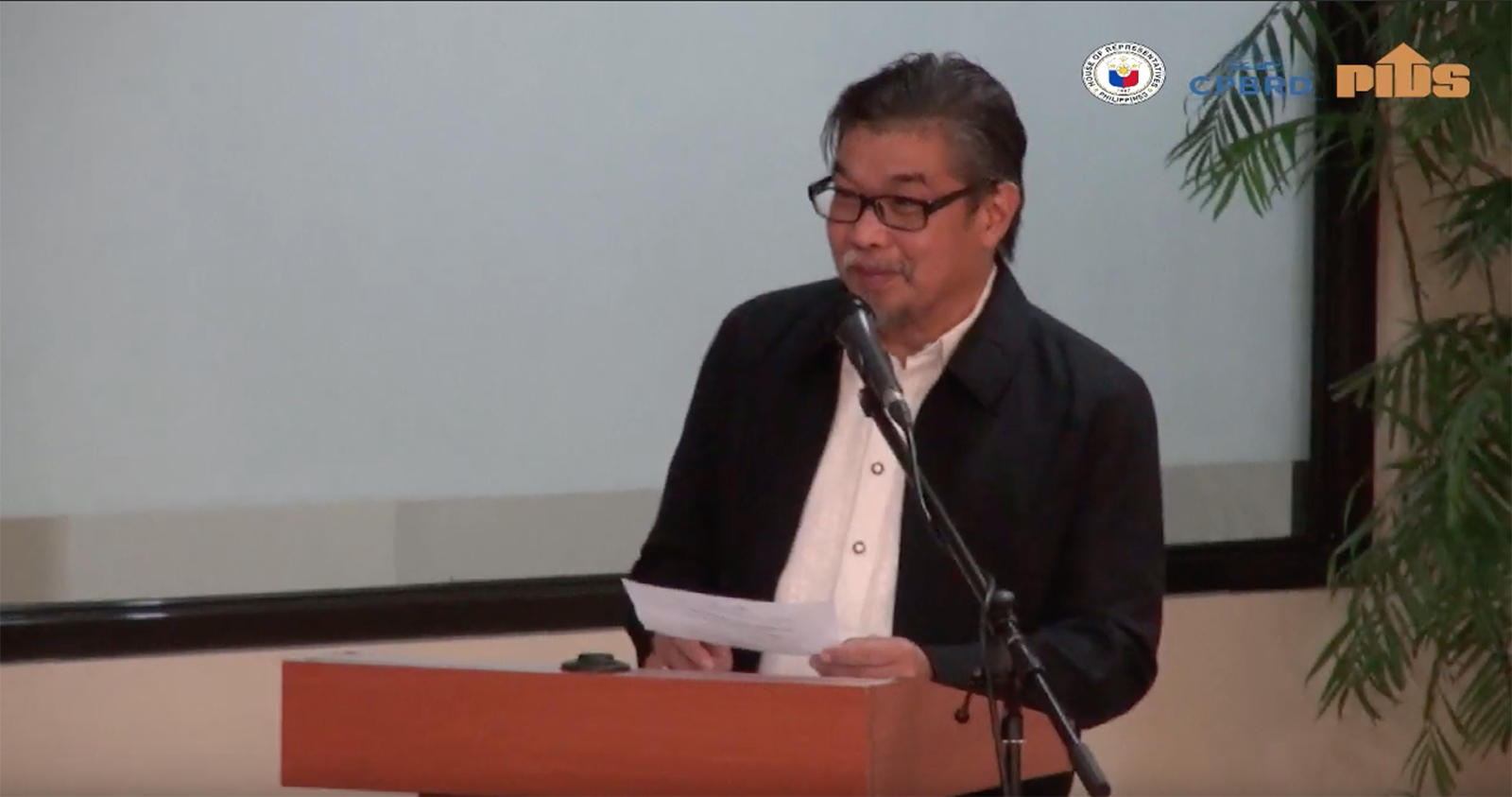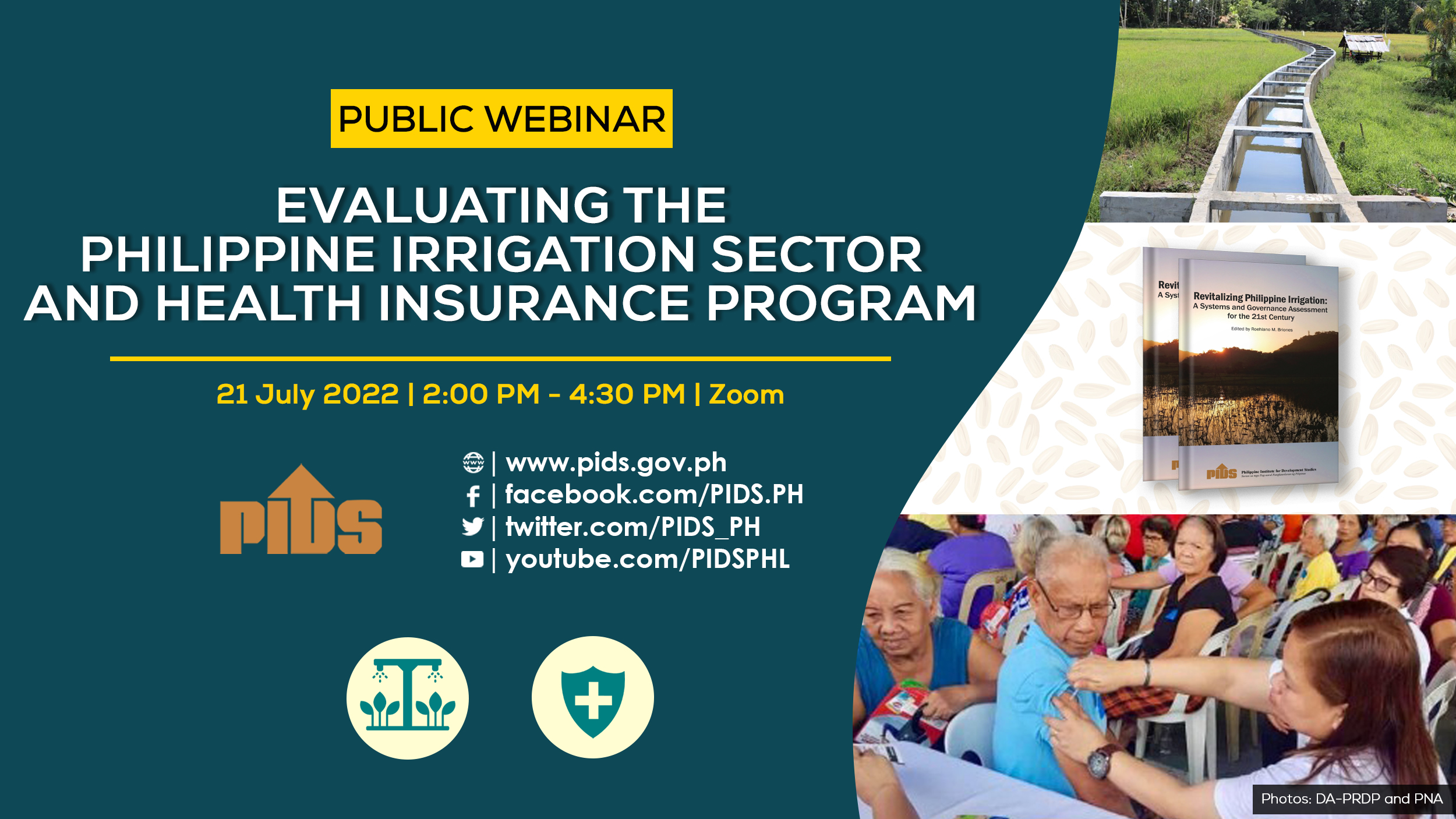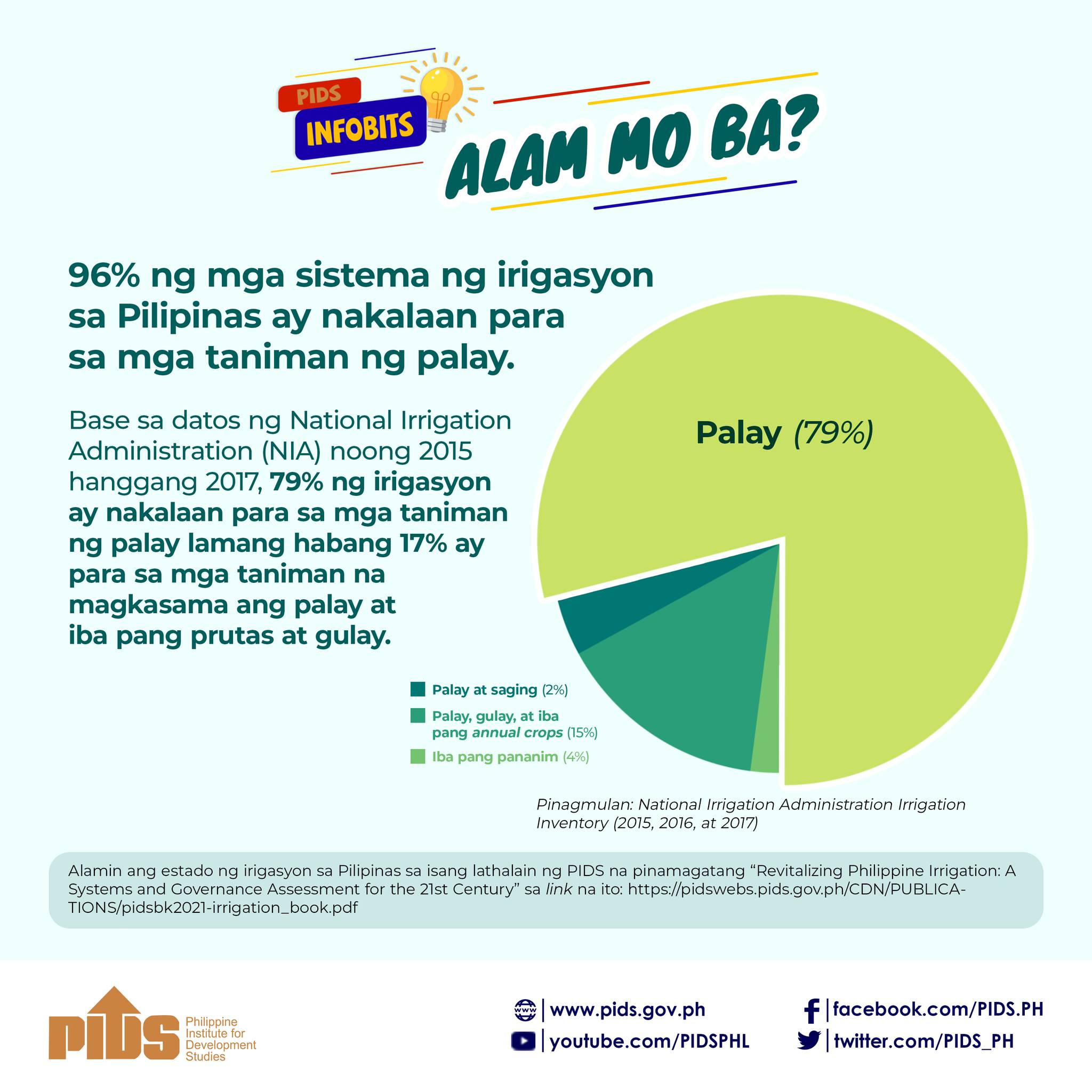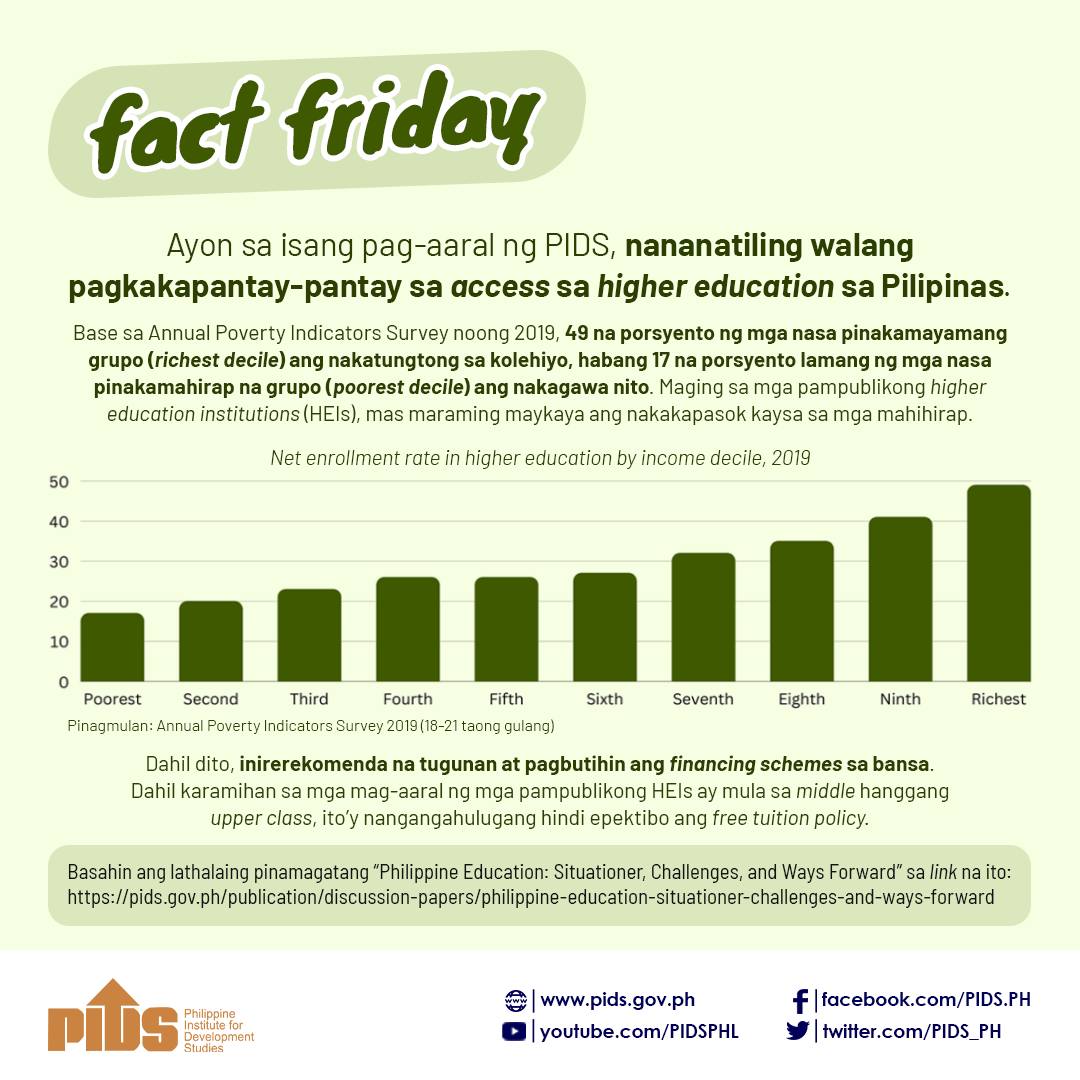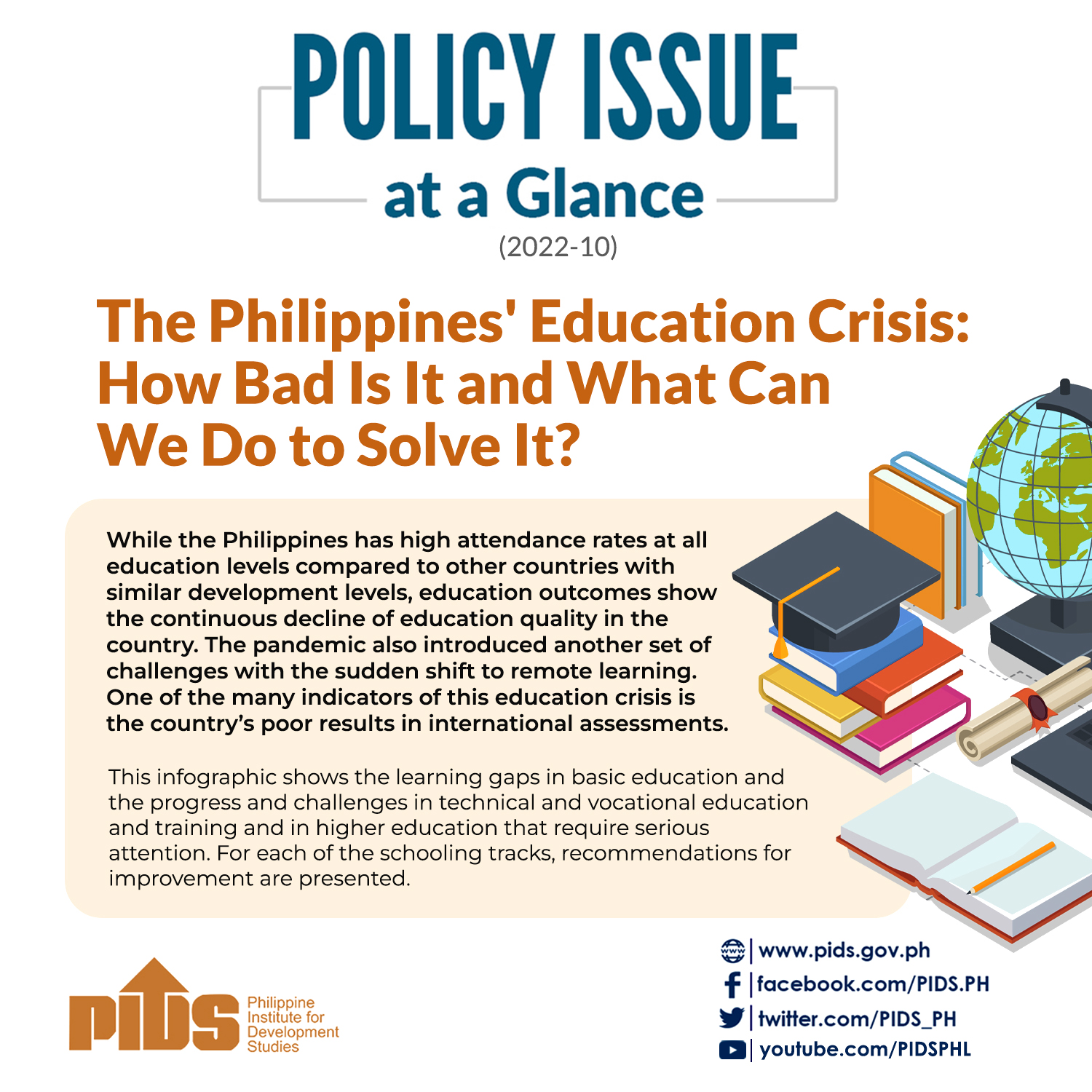THE Philippine Institute for Development Studies (PIDS) said that irrigation development targets set by the National Irrigation Authority (NIA) were not accomplished even after recent increases in national budget funding.
Arlene B. Inocencio and Roehlano M. Briones, authors of the study, Irrigation investments: Some recurrent and emerging issues, said that the increase in the budget allocation to P41.7 million in 2018 did not result in the achievement of the irrigation development targets under the Philippine Development Plan (PDP) 2017-2022.
“Despite the increase in allocation, the NIA has (not) met its annual physical targets for new area development,” the authors said.
The PDP 2017-2022 calls for an increase in irrigated land of 7.74% by 2022, thereby facilitating increased production and higher farm incomes.
The PDP 2017-2022 also tasked NIA with investing P71.8 billion for small reservoir irrigation projects and P31.3 billion for the repair and rehabilitation of communal irrigation systems.
The authors concluded that the failure to meet the PDP targets was due to the decline in the capacity of various NIA units due to a rationalization plan which did away with certain capabilities within the agency.
The study also cited typhoons and the rainy seasons, which limited the window for NIA project implementation.
“The trends in actual versus target irrigated areas have been generally below 100%. This means that NIA never got to realize its new target area, except in 1997. Its accomplishment was even 50% or less in 16 years of the 29 year-period data,” the authors said.
They added that the rapid conversion of irrigated land into non-agricultural uses that wasted the irrigation investment allocated to those areas.
Central Luzon saw the most such land conversions of about 12,000 hectares in 2017.
The study noted that while conversions account for only 3% of the total service area since 2010, these might have cost the government about P14 billion.
“With this conversion, the public investment is effectively wasted,” the authors said.
The study also found that while Republic Act 11203 or the Rice Tariffication Law lowered rice prices for consumers, “the Rice Road Map 2030 projects that more farms will no longer be viable and will be getting out of rice production.”
This could result in an increase in investment in non-rice irrigation and crop diversification. However, the authors said that between 2014 and 2017, irrigation for non-rice areas was largely unchanged and remained negligible relative to the total irrigated rice area.
Arlene B. Inocencio and Roehlano M. Briones, authors of the study, Irrigation investments: Some recurrent and emerging issues, said that the increase in the budget allocation to P41.7 million in 2018 did not result in the achievement of the irrigation development targets under the Philippine Development Plan (PDP) 2017-2022.
“Despite the increase in allocation, the NIA has (not) met its annual physical targets for new area development,” the authors said.
The PDP 2017-2022 calls for an increase in irrigated land of 7.74% by 2022, thereby facilitating increased production and higher farm incomes.
The PDP 2017-2022 also tasked NIA with investing P71.8 billion for small reservoir irrigation projects and P31.3 billion for the repair and rehabilitation of communal irrigation systems.
The authors concluded that the failure to meet the PDP targets was due to the decline in the capacity of various NIA units due to a rationalization plan which did away with certain capabilities within the agency.
The study also cited typhoons and the rainy seasons, which limited the window for NIA project implementation.
“The trends in actual versus target irrigated areas have been generally below 100%. This means that NIA never got to realize its new target area, except in 1997. Its accomplishment was even 50% or less in 16 years of the 29 year-period data,” the authors said.
They added that the rapid conversion of irrigated land into non-agricultural uses that wasted the irrigation investment allocated to those areas.
Central Luzon saw the most such land conversions of about 12,000 hectares in 2017.
The study noted that while conversions account for only 3% of the total service area since 2010, these might have cost the government about P14 billion.
“With this conversion, the public investment is effectively wasted,” the authors said.
The study also found that while Republic Act 11203 or the Rice Tariffication Law lowered rice prices for consumers, “the Rice Road Map 2030 projects that more farms will no longer be viable and will be getting out of rice production.”
This could result in an increase in investment in non-rice irrigation and crop diversification. However, the authors said that between 2014 and 2017, irrigation for non-rice areas was largely unchanged and remained negligible relative to the total irrigated rice area.

